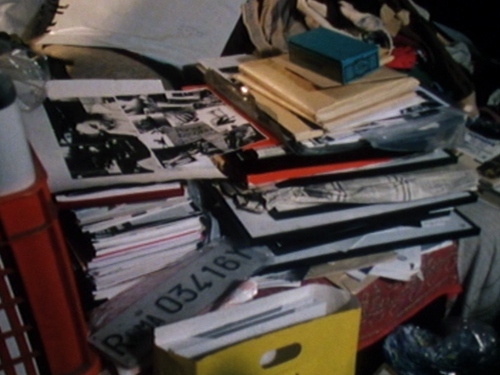
« Filmer les choses (et les gens) qui vont mourir et disparaître (ou qui sont éternelles), archiver même la mémoire (Contretemps, Ceux d’en face) par la répétition du même, par l’accumulation, par l’effacement, l’enchevêtrement, le tissage, tels sont la science et le talent d’exhumation de Jean-Daniel, qui joue avec ses images comme avec des notes de musique, inventant une espèce d’ alphabet composé de signes qui tiennent à la fois du pictogramme et du hiéroglyphe. »